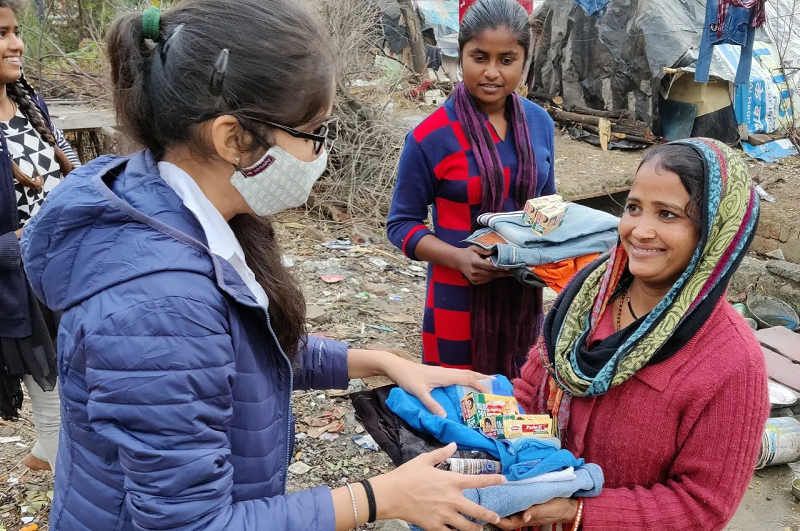
The influenza virus known as H3N2 is spreading rapidly in India and now the number of deaths due to it has increased to three. While people are showing symptoms like chronic illness and cough, cases of H3N2 influenza infection have also increased rapidly in the country. It is a subtype of the Influenza A virus that has been the cause of several influenza outbreaks in the past. Regarding this, the Ministry of Health has issued an advisory to many states and people have been asked to be careful.

Know what is H3N2?
There are three subtypes of influenza virus in India - influenza A H1N1pdm09, influenza A H3N2, and influenza B Victoria. Of these, H3N2 is the most commonly found subtype in the country. According to doctors, H3N2 is an antigenic drift and a mild mutation. It attacks the lungs, nose, and throat in the form of flu.
According to doctors, it is not life-threatening, but if a patient has two or more diseases, then death can also happen. The risk of the H3N2 virus is high for children, pregnant women, and the elderly as it attacks immunity. People who have complaints of asthma, heart disease, diabetes, obesity, and weak immunity are also at higher risk.
When is H3N dangerous?
In most cases, it gets better in two weeks. But, if it stays for a long time, there is a risk of pneumonia.
When its effect increases, there is a risk of sinus and ear infections.
If pneumonia becomes severe, in such a situation, swelling in the heart, brain, and muscles can increase.
This can cause myocarditis in the heart, encephalitis in the brain, and myositis in the muscles.
In some cases, the risk of multi-organ failure of the patient may increase and may even lead to death.
What are the symptoms?
Symptoms include fever, chills, cough, headache, nausea, vomiting, sore throat, sore throat, muscle and body aches, diarrhea, sneezing and runny nose, and fatigue. It is treated like flu and the treatment mainly consists of rest and a continuous liquid diet so that the body can fight the infection on its own.
It can spread through droplets produced when an infected person coughs, sneezes, or talks.
When someone touches their mouth or nose after coming in contact with a surface that has the virus on it.
Spitting in public places of an infected person makes it likely to spread.
Shaking hands with infected people, eating while sitting next to them, kissing, etc. also increases the possibility of spreading it.

How to defend?
By taking some precautions, you can avoid getting infected with H3N2 influenza. Wash hands frequently with soap and water and don't touch your mouth or nose. Avoid contact with sick persons and cover your mouth and nose while sneezing or coughing. Also, avoid crowded places, and if you have to go, use a face mask. Stay hydrated by drinking plenty of fluids so that the body is protected from it.










